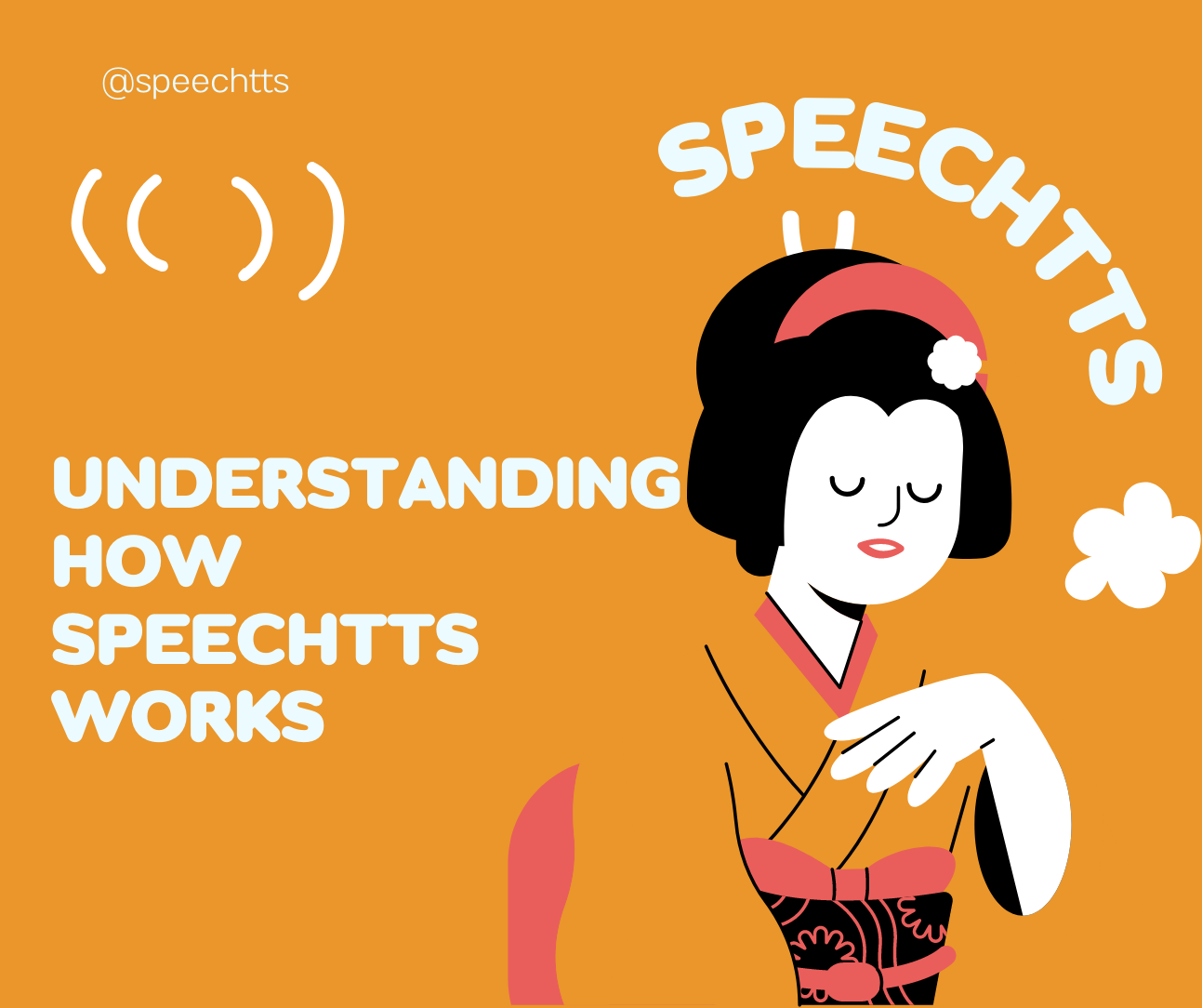Blog
Understanding how SpeechTTS works

Understanding how SpeechTTS works
Admin / June 4, 2023
In today's digital age, audio has become an essential element of our daily lives. From smart speakers to navigation systems, audio prompts have steadily become more prevalent. The technology behind text-to-speech has taken significant strides forward in recent years, making it possible for applications to transform written text into audible speech at an unprecedented level of accuracy. Whether for accessibility or convenience, SpeechTTS systems are increasingly becoming a part of our daily routines. In this post, we'll explore the basics of SpeechTTS and how it works, so you can begin to grasp the importance of this technology in our lives.
SpeechTTS, or Speech Text-to-Speech, is a technology that converts written text into spoken language. It has become increasingly popular and is used in a wide range of applications, including apps, websites, audiobooks, and public transportation systems. Understanding how SpeechTTS works can be beneficial to users who wish to make the best use of this technology.
The Process of SpeechTTS
The process of SpeechTTS involves four main steps - text normalization, linguistic analysis, acoustic analysis, and synthesis. In text normalization, the text is normalized to make it easier to process. Linguistic analysis involves analysis of the text's semantics and syntax to create a phonetic representation. Acoustic analysis involves the conversion of the phonetic representation into a sequence of sounds. Lastly, synthesis involves the generation of speech based on the acoustic analysis.
The Components of SpeechTTS
SpeechTTS comprises three components - a text analyzer, a synthesizer, and an articulatory representation module. The text analyzer analyzes the text and creates a phonetic representation. The synthesizer converts the phonetic representation into speech. The articulatory representation module enables the control of various speech parameters such as pitch, speed, and volume.
The Benefits of Using SpeechTTS
SpeechTTS offers many benefits for both individuals and organizations. It can help individuals with reading difficulties, allowing them to access written content in a more convenient and accessible way. Organizations can use SpeechTTS to improve their user experience by offering speech-based interfaces. SpeechTTS can also be used in teaching and training settings, enabling learners to access content in a more engaging and interactive way.
The Limitations of SpeechTTS
While SpeechTTS has many advantages, it also has some limitations. The quality of the synthesized speech can vary significantly depending on the technology and the quality of the input text. In some cases, the synthesized speech may not accurately reflect the intended tone and meaning of the written text. Additionally, some users may find synthesized speech difficult to understand, especially if the technology used is of low quality.
In conclusion, SpeechTTS is a technology that has become increasingly popular due to its wide range of applications and benefits. Understanding how it works can help users make the best use of the technology and overcome its limitations. While SpeechTTS has some limitations, it has great potential to improve accessibility and user experience in a variety of settings.